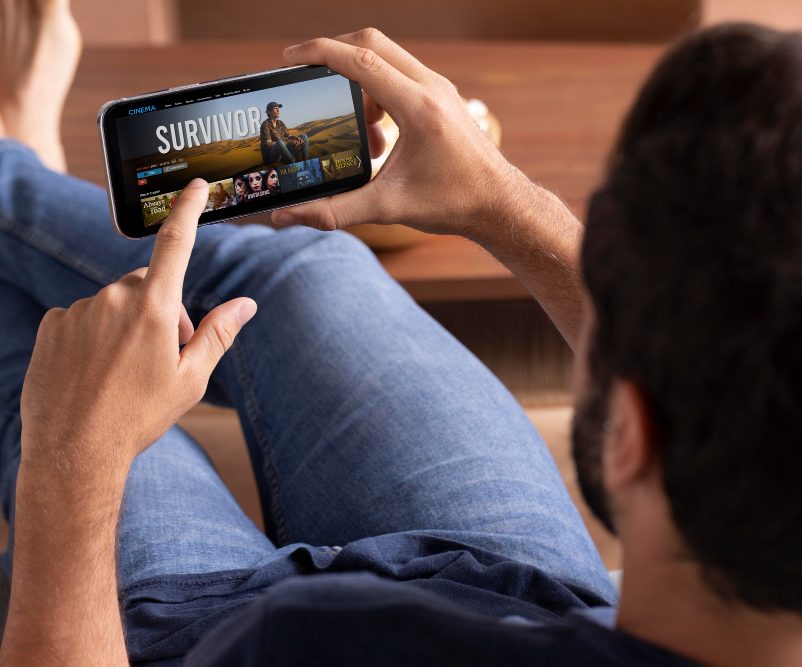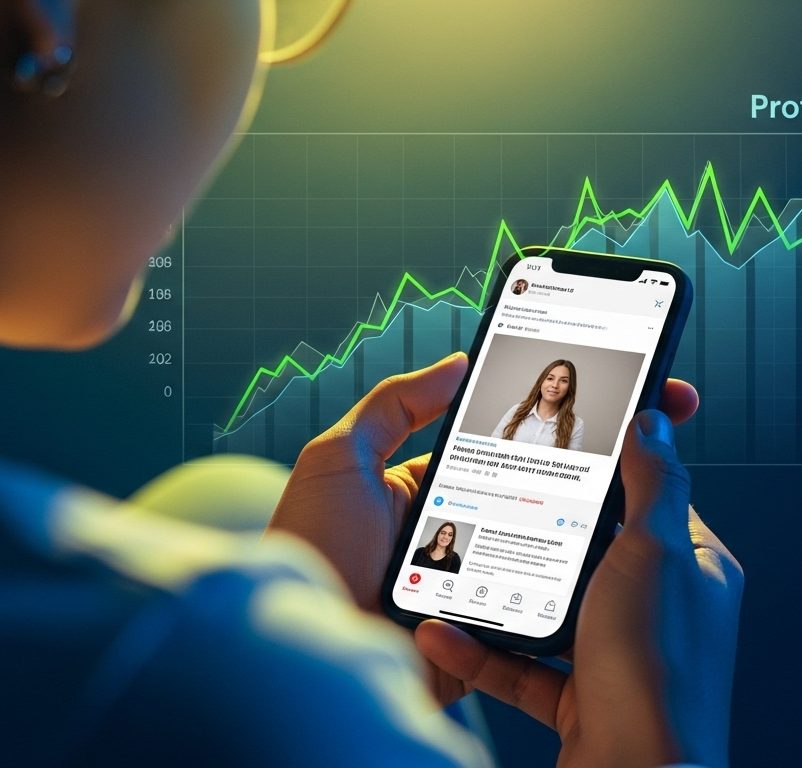ads
If you’re tired of sitting around a small smartphone screen to share photos or videos, streaming apps offer a solution that turns any screen into your personal projection system.
These innovative applications eliminate the hassle of connecting cables or purchasing expensive projection hardware.
With just a few taps, you can broadcast your smartphone content to TVs, monitors, or other displays throughout your home or office.
Discover which wireless display apps deliver the best performance and user experience for your projection needs.
The Technology Behind Wireless Display Apps
Wireless display apps leverage your existing Wi-Fi infrastructure to create seamless connections between your smartphone and compatible receiving devices.
ads
These applications use standardized protocols like Miracast, AirPlay, and DLNA to ensure broad compatibility across different brands and device types.
When you activate wireless display functionality, your smartphone compresses and transmits screen data in real-time to the target device.
The receiving device then decompresses and displays this information, creating a mirror of your phone’s screen with minimal delay.
Advanced apps include optimization features that automatically adjust streaming quality based on network conditions and device capabilities.
This intelligent adaptation ensures smooth performance whether you’re using older equipment or the latest high-definition displays.
ads
Essential Wireless Display Applications
Beginner-Friendly Options
DisplayLink offers exceptional ease of use with automatic device discovery and one-tap connection capabilities.
This app works reliably with most smart TVs and streaming devices, making it perfect for users who want immediate results without technical complications.
CastScreen provides solid performance across various device ecosystems and includes helpful setup guides for first-time users.
The app’s intuitive interface makes it particularly appealing for family use or casual content sharing scenarios.
Feature-Rich Alternatives
WirelessCast Premium delivers professional-grade functionality with advanced controls for presentation environments.
This app includes features like pointer tools, screen annotation, and custom quality presets that enhance business and educational applications.
MirrorMax Ultimate offers comprehensive casting solutions with support for multiple simultaneous connections and cross-platform compatibility.
If you regularly switch between different devices or need to project to multiple screens, this app provides unmatched flexibility.
Installation and Performance Optimization
Begin by downloading your chosen wireless display app and ensuring all devices share the same Wi-Fi network connection.
Most apps require initial permissions for screen access and network communication, which you’ll need to approve during the setup process.
Launch the application and allow it to scan for nearby compatible devices. The discovery process typically completes within one minute, presenting you with a list of available displays ready for connection.
Enhancing Connection Quality
Position your smartphone within optimal range of your Wi-Fi router to maintain strong signal strength throughout your projection session.
Weak signals can cause stuttering, reduced image quality, or unexpected disconnections that interrupt your viewing experience.
Close resource-intensive applications running in the background before starting your projection session. This simple step frees up processing power and memory, resulting in smoother streaming performance and more reliable connections.
Getting the Best Results from Your Setup
Plan your content organization before beginning projection sessions to minimize interruptions and maintain audience engagement.
Create folders for easy access to frequently used materials and test all media files beforehand to ensure compatibility.
Adjust your smartphone’s notification settings to prevent unwanted pop-ups from appearing on the projected screen during important presentations or entertainment sessions.
Enable airplane mode with Wi-Fi still active, or use “Do Not Disturb” features to maintain uninterrupted viewing experiences.
Consider room lighting and viewing angles when positioning your display device for optimal visibility.
Darker environments generally provide better contrast and image clarity, while proper screen positioning ensures comfortable viewing for all audience members.
Frequently Asked Questions
What’s the difference between wireless display and screen casting?
Wireless display creates an exact mirror of your smartphone screen, showing everything including notifications and interface elements.
Screen casting typically refers to sending specific content (like videos or apps) to a display while maintaining independent control of your phone.
Can I use wireless display apps with gaming content?
While possible, wireless display may introduce latency that affects gaming performance, especially for fast-paced games requiring precise timing. Some apps offer “game mode” settings that prioritize speed over image quality to reduce delay.
Do these apps drain my phone’s battery quickly?
Yes, wireless display functionality consumes significant battery power due to continuous screen processing and Wi-Fi transmission.
Keep your phone connected to a charger during extended projection sessions to avoid unexpected shutdowns.
Why do some streaming services block wireless display?
Many subscription streaming services implement copy protection measures that prevent wireless display to protect copyrighted content. This restriction varies by service and may affect apps like Netflix, Hulu, or Disney+ differently.
Can I project content stored on cloud services?
Most wireless display apps can project any content visible on your smartphone screen, including cloud-based files and streaming content.
However, you’ll need internet connectivity to access cloud services, and streaming quality depends on your overall network performance.


